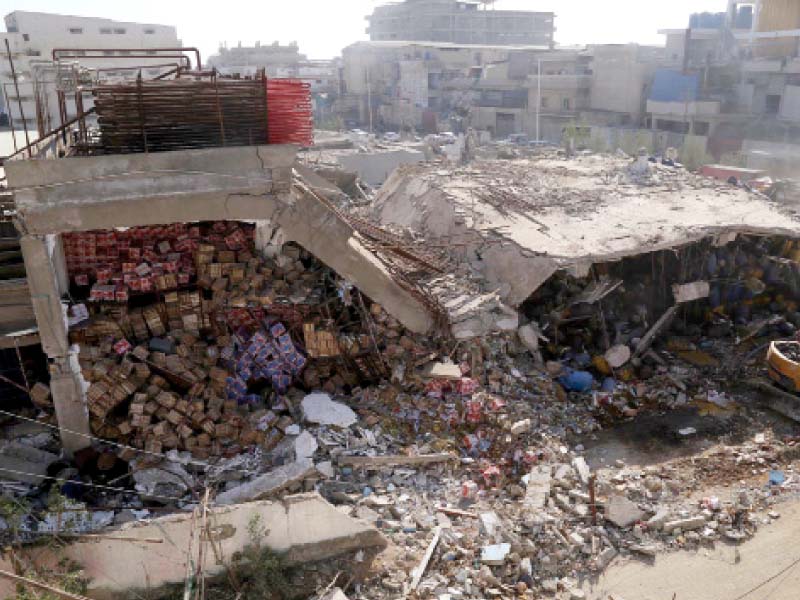
For Ahmed, a resident of Korangi area, losing a house made with meagre wages was not the only resounding blow as he struggled to survive pandemic-hit 2020.
He also lost his 22-year-old son in a building collapse incident in September that year. The collapse of the five-storey building in Korangi's Allah Wala Town was the third of its kind recorded in Karachi in the past year, raising alarm over the dismal state of multi-storey buildings in the financial hub. "My life has lost its meaning since the death of my son. The staggering loss not only hit us financially but also cost us our son. We had built our house penny by penny, earned through trivial wages," shared Ahmed, stifling a sob. Unfortunately, incidents of building collapse have turned into a common occurrence in Karachi due to wayward constructions, some of which are often deemed illegal by the authorities. At least 50 people were killed in the metropolis due to such accidents in the past year alone.
The collapses reportedly occured due to sheer negligence and rampant corruption. The year 2020 saw nine building collapses in Karachi, with some occuring within days after the other. Meanwhile, officials have blamed illegal constructions in the city for the incidents. Many of the building collapses were concentrated in areas such as Liaquatabad and Sadar Town. Taking a look back, in March, the Dr Jamal Fatima residential building collapsed in Gulbahar no 2, Rizvia Society. Around 27 people lost their lives, including eight women and three innocent children, while dozens were injured. The incident also affected surrounding buildings. The five-storey building was built illegally, claimed the authorities at the time. The other incident during the pandemic came in June, when a five-storey building collapsed in Lyari, killing 22 people and injuring several others. The building was also allegedly constructed against the rules.
The authorities said that the map of the building was not approved and even the legal requirements were not met at the time of its construction. Barely a month later, a four-storey building collapsed in Liaquatabad, near the Sindhi Hotel. Fortunately, the incident resulted in no casualties as the residents had evacuated the building when it got crooked. A similar incident took place on August 30, 2020, when another four-storey building collapsed at Nishtar Basti. The residents of the building had already vacated the building due to its dilapidated condition, so no loss of life took place. On September 10, a horrific incident occurred in Korangi's Allahwala Town where a four-storey building, constructed on a plot of only 80 yards, came crashing down. The incident resulted in the deaths of four people and injured several others.
The law does not allow the construction of a multi-storey building on an 80-yard land. Despite the threats posed by shabby buildings and constructions, substandard materials are still commonly used in illegally constructed buildings. On September 13, a single-storey building collapsed at Bihar Colony, Lyari. Two workers lost their lives while 13 were wounded at the time. The building collapsed while it was still under construction, pointing at the shoddy construction practices that caused the irrevocable loss of lives. In wake of these horrendous incidents, a few officers of the Sindh Building Control Authority were suspended. However, a few days later, those officers were reportedly reinstated. The Express Tribune tried to contact Director General SBCA Shamsuddin Soomro, however, he did not give a statement on the matter.





1731325890-0/trump-(24)1731325890-0-165x106.webp)
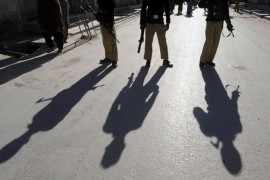
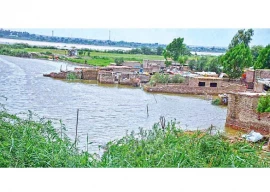

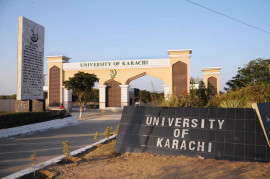

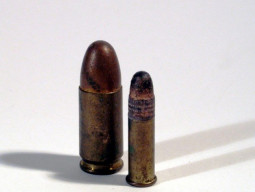






COMMENTS
Comments are moderated and generally will be posted if they are on-topic and not abusive.
For more information, please see our Comments FAQ